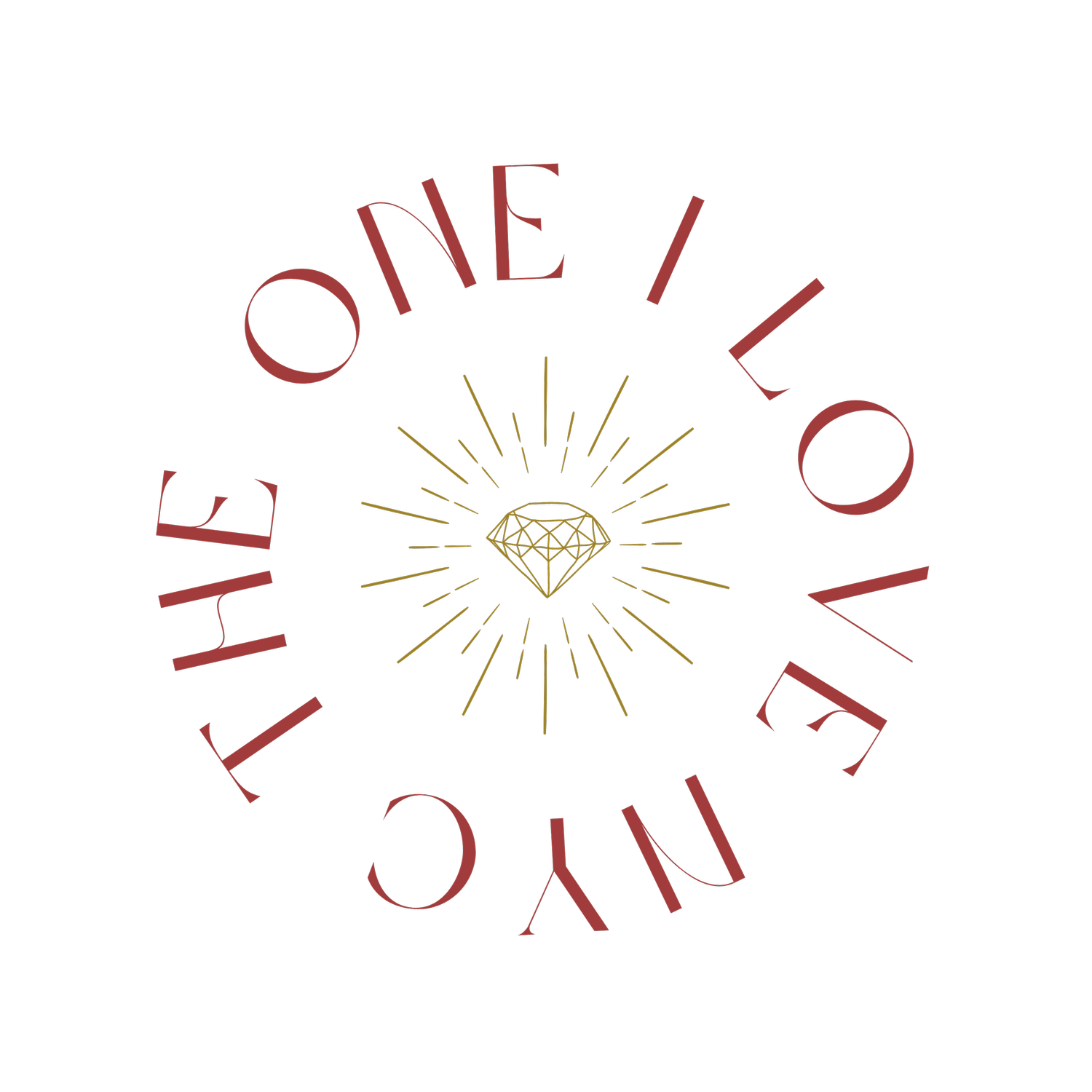The Mazarin
The Mazarin
Metal: Silver topped 15K Gold
Stone: Mazarin cut diamond (est. .69ct G I1 ) & old mine cut diamonds (est. .44ctw)
Size: 8
Face: Approx. 10mm in diameter
What You Should Know: The diamonds are bright and well-matched. The face is open-backed. The band is a possible mid-20th-century replacement.
**This Ring Can Be Resized
The Mazarin cut is incredible. It is one of the only cuts named for a specific, famed jewel. Or, in this case, a collection of famed jewels. The Mazarin Diamonds were a collection of 18 diamonds originally belonging to Cardinal Jules Mazarin.
Giulio Raimondo Mazzarino was born July 14, 1602, to an Italian noble family. A learned man, he joined the Pope’s Army, using his position as a springboard into Italian politics. He was pretty successful. Even the mighty Cardinal Richelieu held Mazarin in high esteem—so much so that Richelieu eventually invited him into the court of Louis XIII. This was quite the honor and prompted a reinvention. Mazzarino became a French citizen, changed his name to Jules Mazarin, and ascended to the rank of Cardinal.
As his power steadily grew, so did his coffers, which meant the Cardinal could buy some of theable. H's best gems available were reluctant to spare any expense regarding gems. He was a regular with some of the same jewelers that supplied European royalty.
Upon his death, the Cardinal bequeathed a stunning collection of 18 excellent diamonds to Louis XIV and the French Crown Jewels. But tumultuous times ensued—including the French Revolution, in which displays of wealth were not looked upon kindly—and most of the collection was lost. The original stones from the collection that can be traced have lived many lives since Jules held them close.
The most ironic detail of the Mazarin cut may be that none of the stones in this world-famous collection were Mazarin cuts.
Originating in the mid-17th century, the Mazarin cut was named after the flashy Cardinal, most likely as a tribute to his famous collection and obsession with diamonds. The cut itself, which endures today, is cushion-shaped with 34 facets. It is a remarkable, sensual shape. That classic antique look that is modern in form and function.



